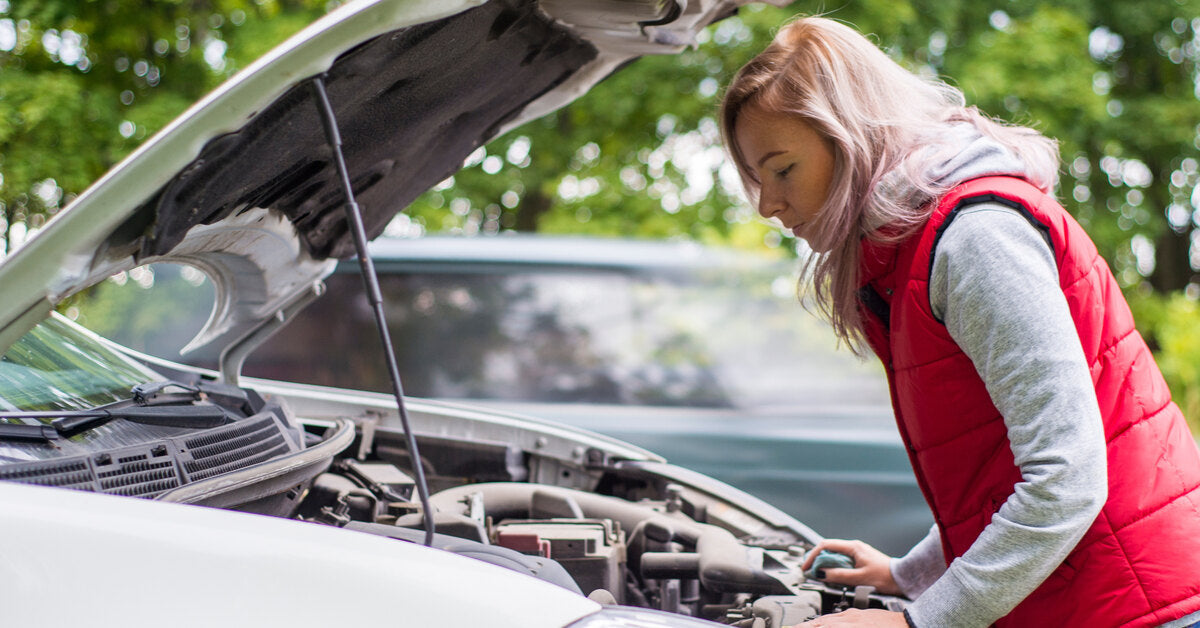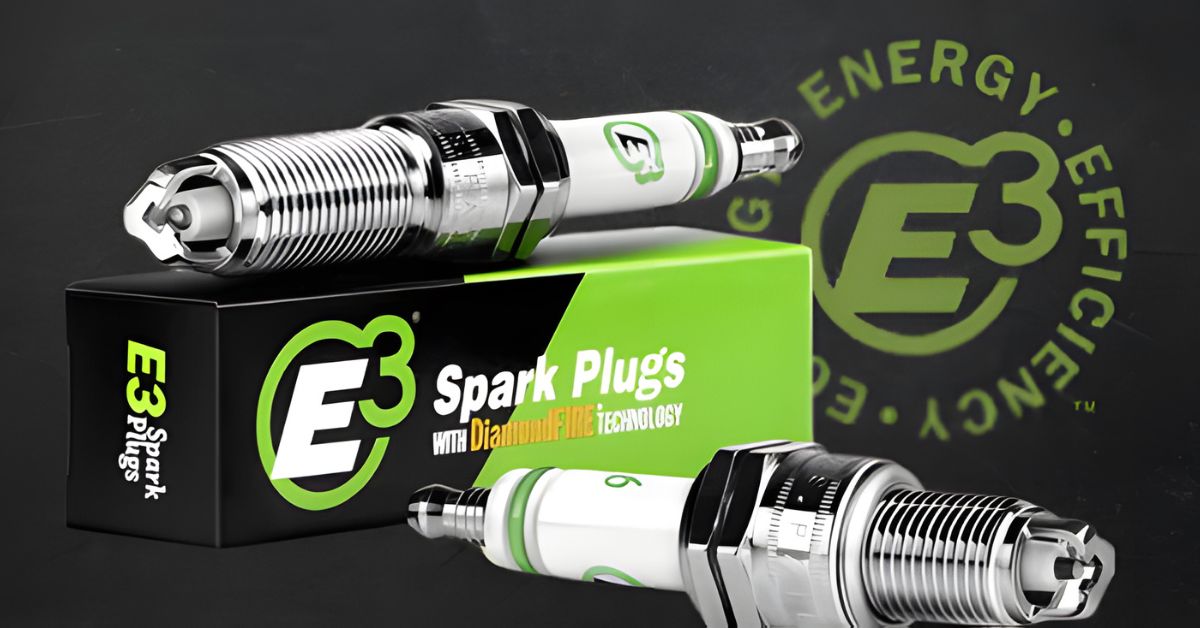
ATV adventures can take you deep into rugged environments where civilization feels a world away. But when that exhilarating ride comes to an abrupt halt because of engine trouble, the culprit is often an overlooked component—your ATV’s spark plug.
The good news? Most spark plug issues can be resolved with minimal tools and a little know-how. Stay prepared for the unexpected by knowing how to troubleshoot ATV spark plug issues on the trail.
1. Recognize the Symptoms of a Faulty Spark Plug
Before addressing the problem, you need to identify it. Faulty spark plugs usually present themselves through symptoms like your engine failing to start, hesitations during acceleration, reduced power, or excessive engine vibration. Dark or damp spark plugs can also be a tell-tale sign of improper firing.
If you’re experiencing any of these issues, it’s time to direct attention to your ATV’s spark plug.
2. Carry Essential Tools and Spares

Preparation is half the battle when it comes to trail repairs. Always include the following tools in your ATV kit:
- Spark plug socket wrench
- Small wire brush
- Gap gauge
- Spare spark plug
Keeping a spare E3 Spark Plug that matches your engine specifications can be a real lifesaver. Our DiamondFIRE technology provides exceptional combustion, optimizing your engine's performance even in demanding conditions.
3. Check for Physical Damage
Start by inspecting the spark plug for visible wear or damage. Look for:
- Cracked ceramic insulation
- Burnt or fouled electrodes
- Buildup of carbon or oil deposits
These could indicate the spark plug is no longer functioning correctly, and cleaning or replacing it might be required. In most ATV engines, you can locate them on the top of the engine, often accessible by removing the engine cover.
4. Clean the Fouled Spark Plug
If the spark plug is simply dirty, cleaning it can restore its performance and save you from needing a replacement. Start by carefully removing the spark plug from the engine using a spark plug socket and wrench.
Use a wire brush to gently scrub away any carbon or oil deposits from its electrodes and threads. If debris won’t come off, lightly apply some brake cleaner or similar solvent to loosen it before scrubbing again. Clean every area of the electrode and grounding strap thoroughly.
Be gentle to avoid damaging the part, as even a small imperfection can disrupt the spark and negatively impact engine performance. Afterward, if you notice any wear, this might indicate that it’s time for a replacement.
5. Verify the Spark Plug Gap

The electrode gap contributes to a spark plug’s functionality by directly affecting the ignition process in your engine. This gap is the distance between the center electrode and the ground strap, and it must be precise.
To measure this, use a gap gauge, which is a handy tool designed to accurately check the distance. Refer to your ATV’s manual for the exact gap specification recommended by the manufacturer, as an incorrect gap can lead to poor combustion, reduced engine performance, or even difficulty starting the vehicle.
If the gap is too wide, the spark may struggle to jump across. A gap that's too narrow could lead to a weak spark, both of which can hinder the engine. To adjust the gap, handle the spark plug carefully to avoid damage. Use pliers to gently bend the ground strap outward to widen the gap, or press it inward for a narrower gap.
Be patient and make small adjustments. Check the gap frequently with the gauge until it matches the recommended measurement. Taking the time to get this right can improve your engine's reliability and efficiency.
6. Test the Spark Plug for Functionality
To confirm the spark plug is still good, perform a spark test:
- Remove the spark plug from the engine and reconnect it to the spark plug wire.
- Lay it against a metal surface of the engine to ground it properly.
- Turn the engine over and watch for a spark.
A strong, consistent spark indicates the plug is functioning and the issue might lie elsewhere, like with the ignition coil or wires. A weak or absent spark confirms that the plug must be replaced.
7. Replace the Spark Plug
If cleaning or adjusting doesn’t resolve the issue, replace the current spark plug with a spare one. Invest in high-quality, efficient ATV spark plugs built to handle the rigors of ATV conditions. E3 Spark Plugs provide superior ignition through our advanced DiamondFIRE electrode technology, which enhances engine efficiency and responsiveness.
When replacing the plug, make sure it’s securely torqued without overtightening. Refer to your ATV manual for precise specifications.
8. Inspect the Ignition System
Replacing the spark plug may not always solve the problem. Examine the spark plug wire for damage like fraying, cracks, or corrosion that could interfere with proper electrical conductivity.
Next, examine the ignition coil, ensuring there isn’t any other physical damage that could affect its performance. Additionally, check for poorly connected components, as these can disrupt the energy transfer required for ignition. If you find any damaged parts, repair them if possible or replace them. Taking the time to thoroughly inspect and address these components will help restore your engine's performance.
9. Evaluate the Air-Fuel Mixture
A spark plug can also fail to fire correctly due to fuel related problems. An overly rich (too much fuel) or lean (too much air) mixture can foul your spark plug. Adjust the carburetor or fuel injection system to maintain the ideal air-to-fuel ratio. Keep an eye on the condition of your spark plug after making these adjustments to verify the issue is resolved.
10. Maintain Regular Checks
Prevention is always better than on-the-spot fixes. Simple tasks like cleaning and swapping out old spark plugs can keep your ATV in top shape. Opt for spark plugs that offer performance and reliability. Follow your ATV manufacturer’s guidelines for replacement intervals.
Hit the Trails With Confidence
Knowing how to troubleshoot ATV spark plug issues on the trail can be the difference between cutting your adventure short and enjoying your ride. By recognizing symptoms, carrying essential tools, and performing quick tests or repairs, you’ll prevent spark plug issues from keeping you down for long.
Choosing the right spark plug also plays a pivotal role in avoiding breakdowns. High-quality options like ours offer the added assurance of durability and superior ignition performance.
Next time you’re out on the trail, keep these steps in mind, and you’ll be prepared to handle spark plug challenges like a pro.







